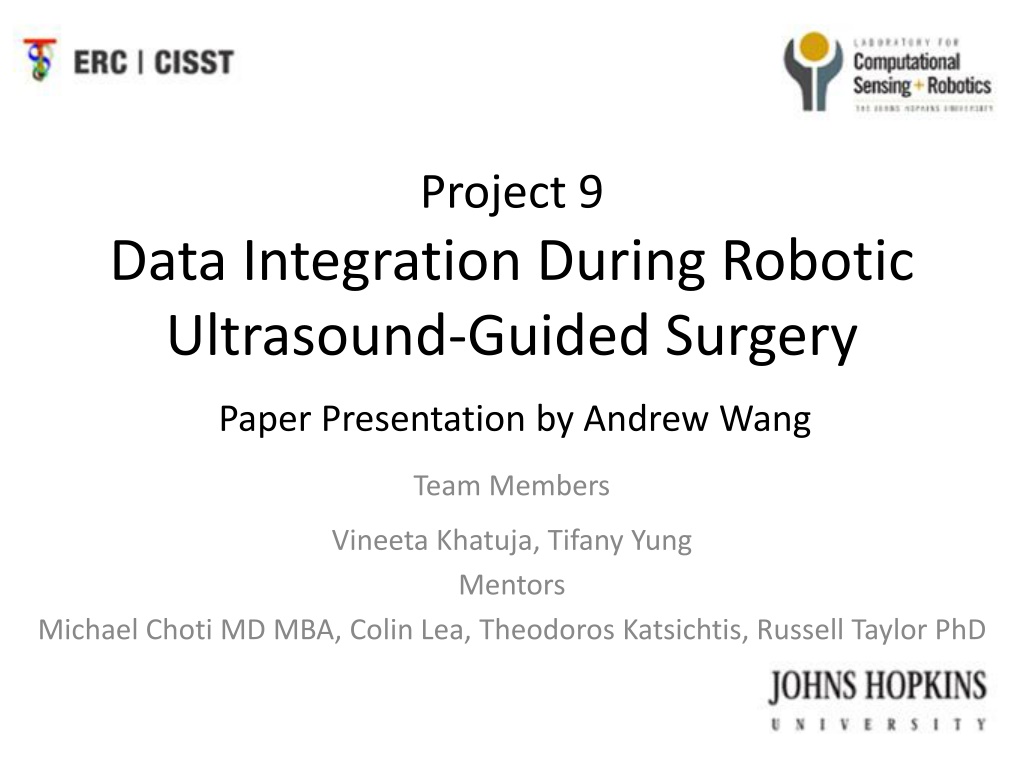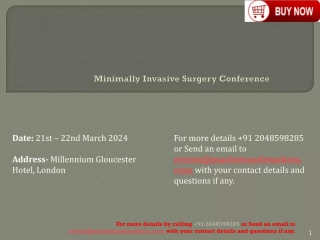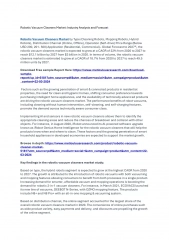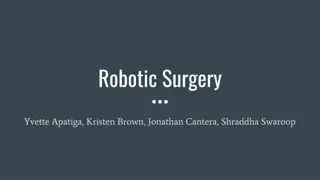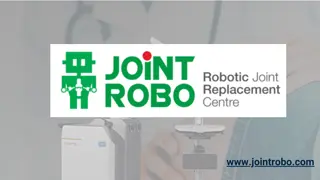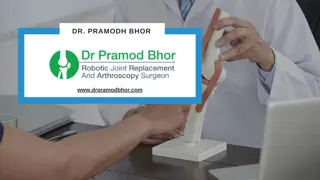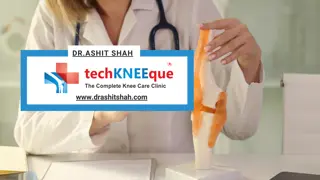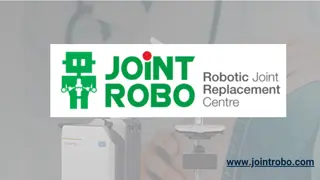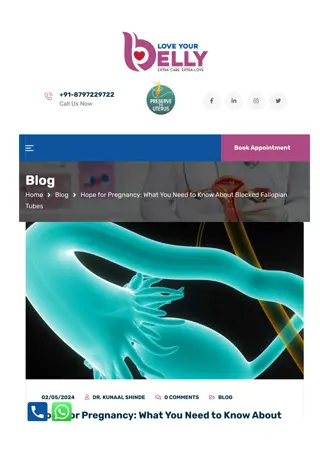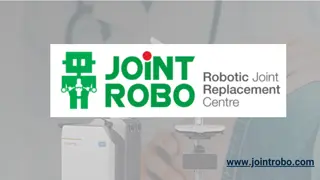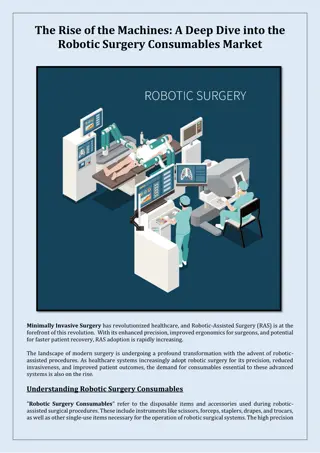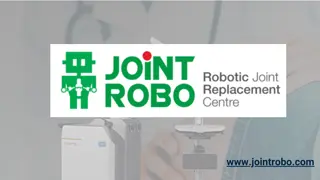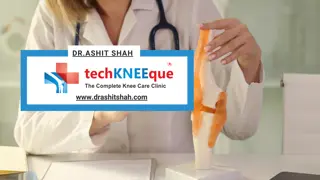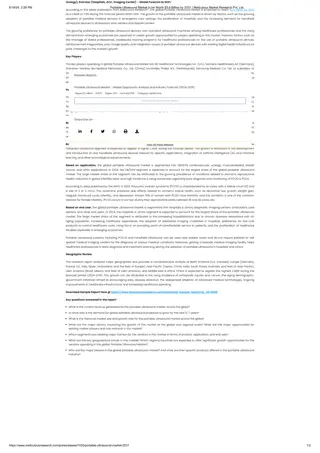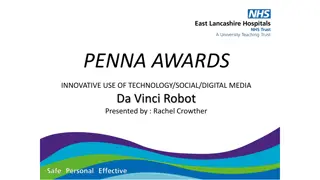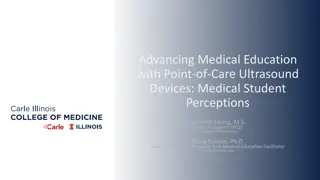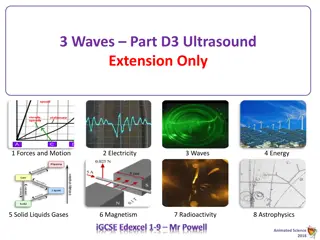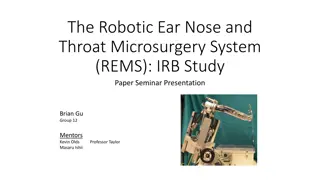Robotic Ultrasound Integration for Surgeon Autonomy in Surgery
This paper presentation by Andrew Wang's team focuses on the data integration during robotic ultrasound-guided surgery. The project proposes the integration of live ultrasound feed and an image browser to view saved ultrasound images, along with the ability to construct 3D models of organs using preoperative images. The related papers discuss methods to decrease surgeon reliance on external equipment, aiming to improve surgeon autonomy during robot-assisted surgeries. The use of a robotic ultrasound probe in laparoscopic ultrasonography for tumor excisions is highlighted, providing surgeons with control from the console, reducing the need for assistants. Methods include holding a small Aloka ultrasound probe at the end of a robotic arm, allowing the surgeon to control the probe autonomously with flexible cable movement.
- Robotic Surgery
- Ultrasound Integration
- Surgeon Autonomy
- Laparoscopic Ultrasonography
- Data Integration
Download Presentation

Please find below an Image/Link to download the presentation.
The content on the website is provided AS IS for your information and personal use only. It may not be sold, licensed, or shared on other websites without obtaining consent from the author. Download presentation by click this link. If you encounter any issues during the download, it is possible that the publisher has removed the file from their server.
E N D
Presentation Transcript
Project 9 Data Integration During Robotic Ultrasound-Guided Surgery Paper Presentation by Andrew Wang Team Members Vineeta Khatuja, Tifany Yung Mentors Michael Choti MD MBA, Colin Lea, Theodoros Katsichtis, Russell Taylor PhD
Project Overview We propose integration of live ultrasound feed and an image browser to view saved ultrasound images, as well as the ability to view preoperative images and construct 3D models of organs using these images.
Paper Selection Robotic ultrasound probe for tumor identification in robotic partial nephrectomy: Initial series and outcomes. Bartosz F. Kaczmarek, S. S., Firas Petros, Quoc-Dien Trinh, Navneet Mander, Roger Chen, Mani Menon, Craig G. Rogers (2012). Maximizing Console Surgeon Independence during Robot-Assisted Renal Surgery by Using the Fourth Arm and TilePro. Craig G. Rogers, M. R. L., MD; Akshay Bhandari, MD; Louis Spencer Krane, MD; Daniel Eun, MD; Manish N. Patel, MD; Ronald Boris, MD; Alok Shrivastava, MD; Mani Menon, MD (2009).
Surgeon Autonomy These papers documents methods and results of decreasing the surgeon s reliance on technicians and external equipment. Improving surgeon autonomy can increase both the efficiency and the efficacy of many robot-assisted surgeries.
Paper 1: Robotic Ultrasound Probe Intraoperative laparoscopic ultrasonography has already been shown to improve the efficacy of tumor excisions in partial nephrectomies. While operating the da Vinci console, the surgeon would normallyrequire an assistant to position the ultrasound probe. The authors developed a modality and conducted a study to investigate the benefit to a surgeon who is provided the utility of intraoperative ultrasound probe control from the console independent of an assistant.
Methods A small Aloka ultrasound probe is held at the end or a robotic arm with a grasping mechanism. The cable is flexible and leaves the robotic arm s degrees of freedom almost completely unhindered. Grasping mechanism Hitashi-Aloka ultrasound probe Flexible cord Bartosz 12 Figure 1b
Methods (continued) The surgeon may now freely control the probe autonomously from the console. This probe setup also has greater flexibility than the rigid shaft of a traditional laparoscopic ultrasound probe. Traditional probe Author s setup with Aloka probe No swivel http://contentx.thinx.ch/m/ mandanten/184/topic5185 /story11261.html Bartosz 12 Figure 3
Results The author s setup allowed the surgeon to easily guide the ultrasound probe from within the da Vinci console. Out of 22 kidney cancer patients, the average warm ischemia time was 17.9 minutes with no recurrence of disease after 13 months. This method is suspected to be more accurate than an assistant operating the probe. Bartosz 12 Figure 3
Relevance The authors devise a method which provides the surgeon with real-time feedback control of the surgery with ultrasonography. Their interface uses an implementation of TilePro similar to what we hope to develop. The paper provides additional evidence of the benefits of surgeon autonomy.
Positive Aspects of this Work Implementation The probe has much greater maneuverability (and potentially accuracy) with direct control by the surgeon. The use of TilePro was efficient and effective, allowing for real-time ultrasound feed with the capability of displaying pre-operative CT scans. Study Conducted over 22 patients all of which received a 1 year follow up. Patients were consecutive and performed by the same few surgeons.
Limitations of this Work Implementation The surgeon still requires an assistant to take measurements of the real-time data, exposing and preparing tumor and many other tasks such as suturing. The TilePro setup is not space efficient and not well described. Study Gives no frame of reference of performance with controls or statistics. The authors note that the greatest limitation is their lack of an objective method to determine tumor identification precision.
Possible Future Work (authors) The authors state that the present report was not designed to determine whether a robotic probe offers improved outcomes beyond autonomy given the surgeon. They recommend a much larger sample size with tests in procedures other than partial nephrectomy.
Paper 2: Surgeon Independence In order to improve the efficacy of ultrasound guided laparoscopies on the da Vinci surgical system in radical and partial nephrectomies, a fourth arm and TilePro is used to improve surgeon autonomy. The fourth arm allows for the surgeon to provide kidney retraction without need of an assistant. The TilePro implementation allows for efficient display and recall of preoperative data.
Methods The fourth arm on the da Vinci is used at the surgeon s digression (most people do not enjoy extra holes punched in the abdomen). The fourth arm is used to retract the kidney and secure it. Rogers 09 Figure 1A
Methods (continued) The TilePro was used to display preoperative CT images which allowed the surgeon to remain in the console instead of accessing an external computer. Ultrasonic images taken during the procedure could also be displayed. Rogers 09 Figure 1A
Results The fourth arm was successful whenever the surgeon elected its use. Unfortunately, its use was not possible when operating on some obese patients upon which the fourth arm was intended to help. The TilePro interface was successfully implemented to allow the surgeon to view preoperative data and access hospital data without leaving the console and with minimal dependence on assistance.
Relevance The authors devise a method which improves surgeon autonomy by using a TilePro implementation which allows the surgeon to remain in the console. Their interface has some image saving and recall features similar to what we hope to develop. The paper provides additional evidence of the benefits of surgeon autonomy.
Positive Aspects of this Work Implementation The fourth arm allowed the surgeon to better stabilize the kidney which is important to complete the operation quickly and efficiently. The use of TilePro was clean, allowing image saving capabilities in addition to access to hospital databases. Study Conducted on 90 patients over the course of about 2 years. Data is well documented.
Limitations of this Work Implementation The surgeon still requires an assistant to move the ultrasound probe, take measurements of the real-time data. The authors note that the surgeon must request for preoperative data for an assistant to send to the console. The TilePro setup is not space efficient and not well documented. Study The study yielded no statistically significant results in operative time, number of complications or morbidity. The authors note that their usage of both the fourth arm and the TilePro setup was subjective to the surgeon.
Possible Future Work (our project) The authors state though useful, their TilePro implementation was a bit difficult to use and required an assistant to load and scroll through images. Our project will allow the surgeon to browse and save images independently within the console.
What we get from these papers We can use the authors insight to better improve our TilePro interface. We can improve on the authors notion of surgeon autonomy with our implementation of Masters as Mice to increase surgeon utility. Though we will not be developing our own ultrasound probe control, we can improve on the manner the surgeon receives the ultrasound feedback.
Thank You! Questions?
